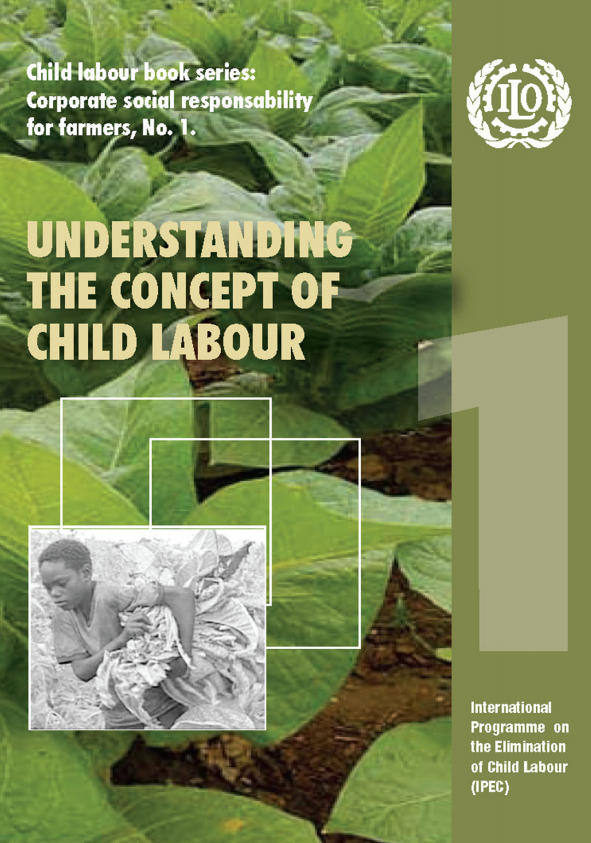Underground Lives: Aspirational Britain: Survivors of Modern Slavery Want to Work Too
News & AnalysisPublicationsBritain is in an employment crisis. Labour shortages are hitting record highs and firms are recruiting from abroad which is costly. At the same time there are currently more than 7,000 survivors of modern slavery who are being supported by the G...Read More

